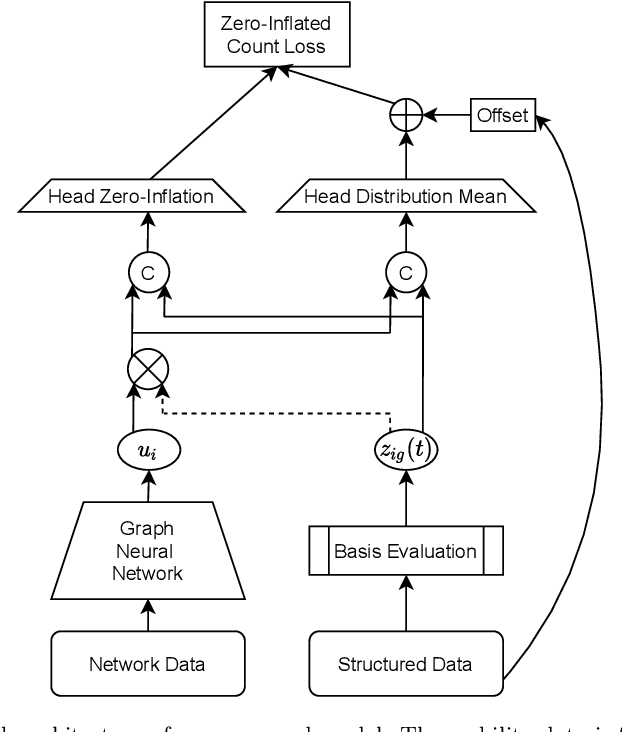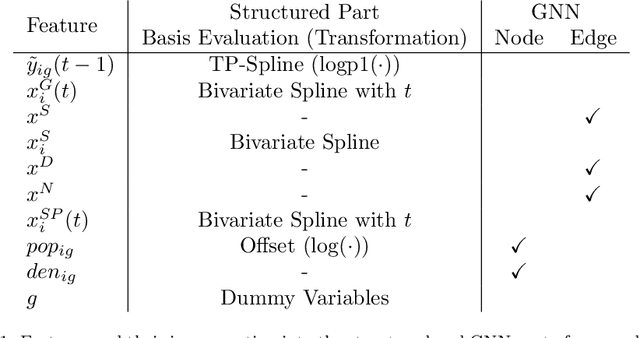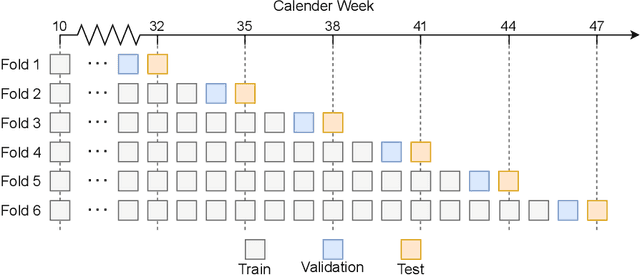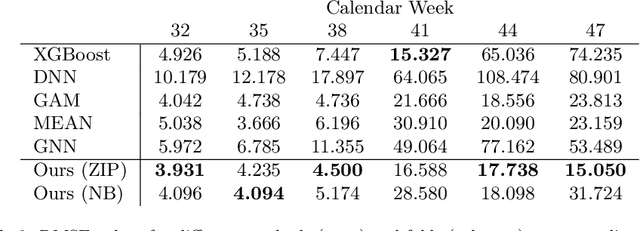Cornelius Fritz
How Inverse Conditional Flows Can Serve as a Substitute for Distributional Regression
May 08, 2024



Abstract:Neural network representations of simple models, such as linear regression, are being studied increasingly to better understand the underlying principles of deep learning algorithms. However, neural representations of distributional regression models, such as the Cox model, have received little attention so far. We close this gap by proposing a framework for distributional regression using inverse flow transformations (DRIFT), which includes neural representations of the aforementioned models. We empirically demonstrate that the neural representations of models in DRIFT can serve as a substitute for their classical statistical counterparts in several applications involving continuous, ordered, time-series, and survival outcomes. We confirm that models in DRIFT empirically match the performance of several statistical methods in terms of estimation of partial effects, prediction, and aleatoric uncertainty quantification. DRIFT covers both interpretable statistical models and flexible neural networks opening up new avenues in both statistical modeling and deep learning.
Combining Graph Neural Networks and Spatio-temporal Disease Models to Predict COVID-19 Cases in Germany
Jan 03, 2021



Abstract:During 2020, the infection rate of COVID-19 has been investigated by many scholars from different research fields. In this context, reliable and interpretable forecasts of disease incidents are a vital tool for policymakers to manage healthcare resources. Several experts have called for the necessity to account for human mobility to explain the spread of COVID-19. Existing approaches are often applying standard models of the respective research field. This habit, however, often comes along with certain restrictions. For instance, most statistical or epidemiological models cannot directly incorporate unstructured data sources, including relational data that may encode human mobility. In contrast, machine learning approaches may yield better predictions by exploiting these data structures, yet lack intuitive interpretability as they are often categorized as black-box models. We propose a trade-off between both research directions and present a multimodal learning approach that combines the advantages of statistical regression and machine learning models for predicting local COVID-19 cases in Germany. This novel approach enables the use of a richer collection of data types, including mobility flows and colocation probabilities, and yields the lowest MSE scores throughout our observational period in our benchmark study. The results corroborate the necessity of including mobility data and showcase the flexibility and interpretability of our approach.
 Add to Chrome
Add to Chrome Add to Firefox
Add to Firefox Add to Edge
Add to Edge